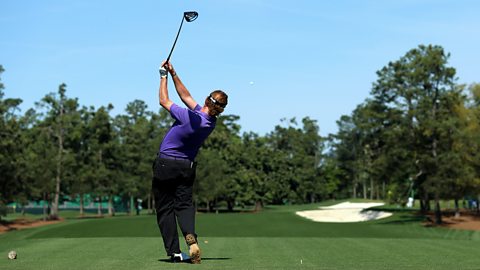Economic status, cost and access in sport
Economic status
People's economic status reflects their income – what they earn from work or investments – and their wealth – the land or property they own. Young people’s economic status is usually determined by their parents' income and wealth. Frequently, we refer to people's socio-economic status. This recognises the fact that income and wealth influence people's education, occupation and other life experiences. For sports statistics, people are often classified by their employment status.

In the UK, managerial and professional people have the highest rates of participation in sport. Manual workers and unemployed people have the lowest rates. The greatest focus on socio-economic status in sport and physical activity relates to health. Health research links poorer health and wellbeing, including lower levels of physical activity, to lower economic status.
To increase people's levels of physical activity and improve both their health and wellbeing and their sporting opportunities, we need to take account of their economic status.
Cost
Sports providers need to be aware of the costs when trying to engage people with lower incomes.
Access
For people to participate in sport and physical activity, facilities, sessions and resources need to be available in the area. If there is no hockey pitch or club, no-one has the opportunity to play hockey. If there is a dry ski slope in the town, this provides the opportunity to ski.
Transport to facilities is a consideration – can they be reached on foot or by bike? Is public transport available (buses or trains)? Is there easy parking for cars?
Disabled participants need specialised access, changing arrangements and equipment.